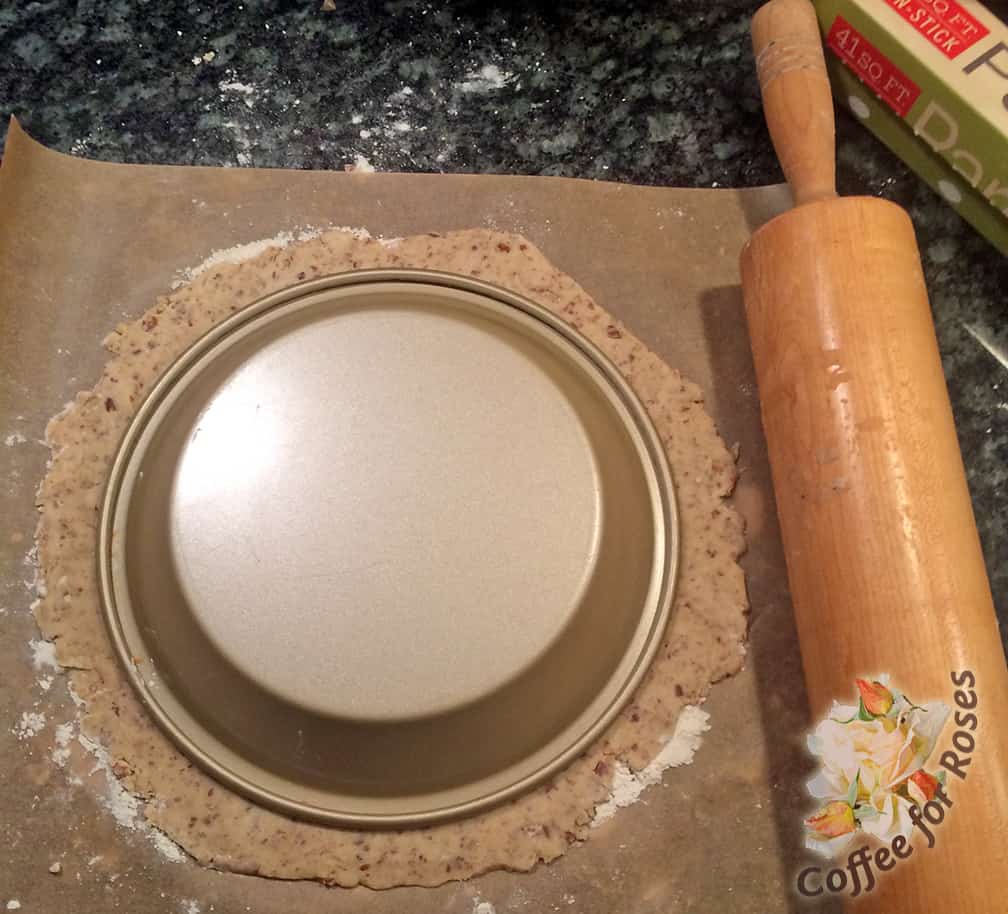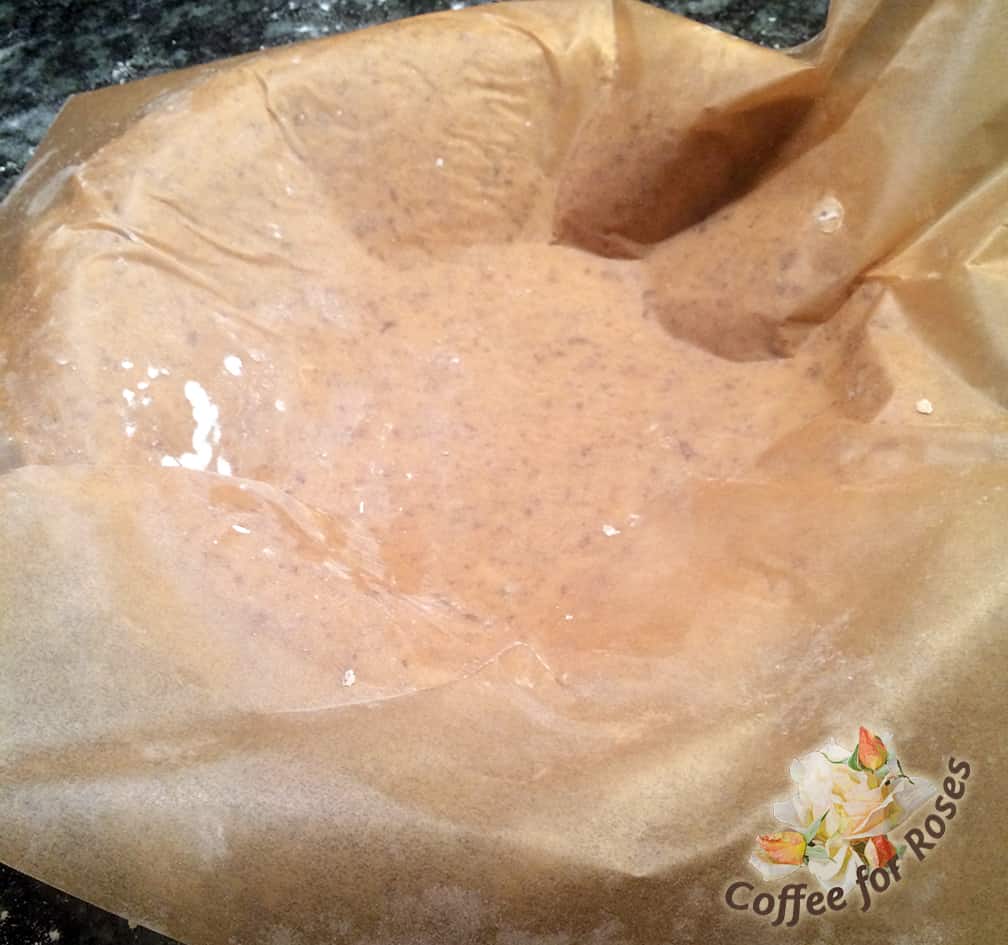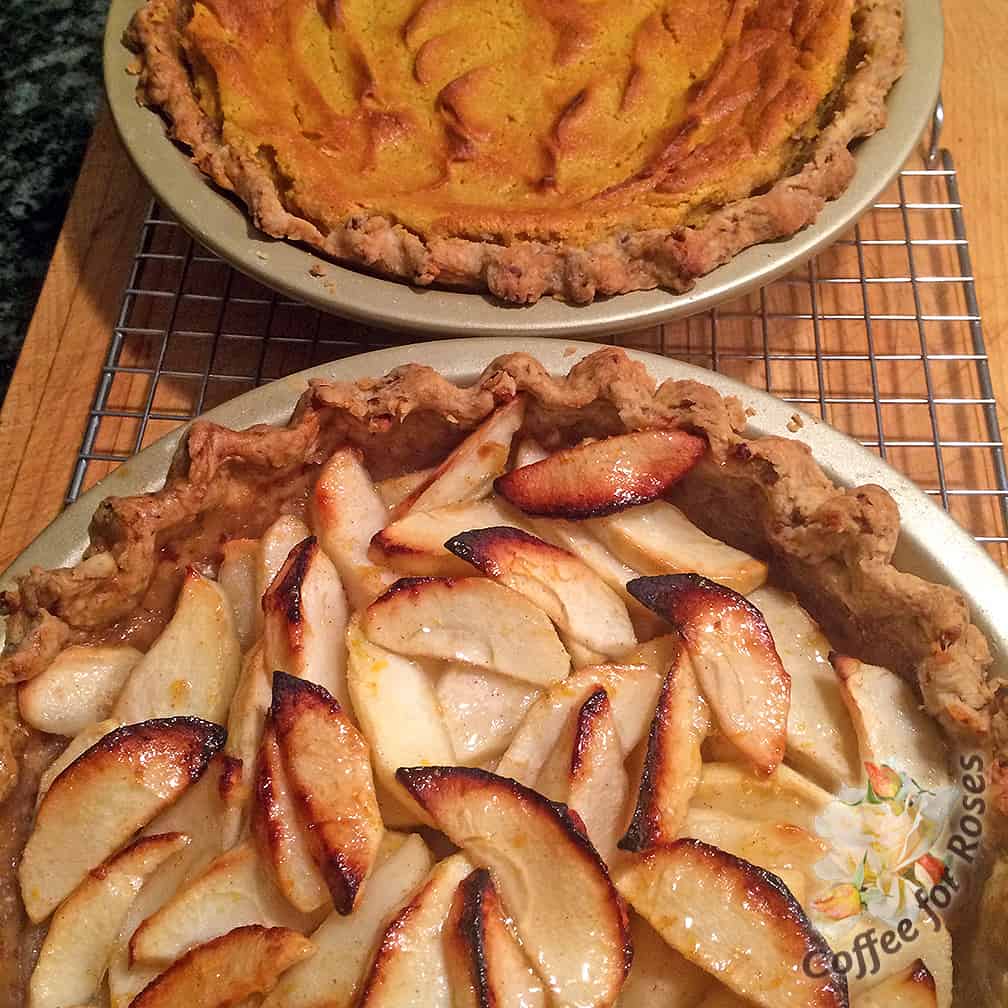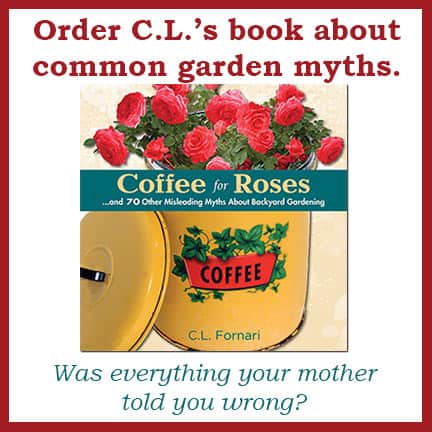This has been my go-to pie crust recipe for thirty years. Sometimes I make it without nuts, but of late I usually include the walnuts or pecans. It’s a good recipe for sweet or savory pies. Here’s the basic recipe:
2 Cups Unbleached Flour
2/3 Cups Salted Butter
1/2 cup cold apple cider or water
1 teaspoon salt
Optional: 3/4 cup walnuts or pecans
For a cherry pie I use water and add a teaspoon of almond extract.
Put the flour and nuts into a food processor and cut up the sticks of butter into tablespoon-sized slices. Add them and the salt to the food processor and blend in short bursts until it’s all well incorporated. Do not over blend – several short bursts will do it.
Pour this into a bowl. If you’re going to add almond extract put that in the water first. Sprinkle the water or apple cider over the butter/flour mix and toss briefly with a fork. Then use your hand to squeeze the liquid and the flour/butter mixture together, pressing with the heel of your palm only enough to form the dough into a ball. If your flour is dry you might need to add a tablespoon or two more liquid so that all dry flour gets incorporated into the dough ball.

Once the dough is in a ball, press it into a thick disk and wrap in plastic or wax paper. Chill it in the fridge while you prepare the filling or other parts of a meal. This dough has pecans in it.

Rolling the dough out on a piece of parchment paper makes it easy to transfer to the pie tin. Dust the paper with flour, roll out the dough (dusting the top with flour so that the rolling pin doesn’t stick) until the dough circle is just over an inch wider than your pie tin. Put the tin on top of the dough as pictured.

Slide one hand under the paper and hold the pie tin in pace with the other hand, flipping it all over so that the paper and dough are on top of the tin. Remove the paper.

Press the dough gently into the pan so that it’s against the sides. Leave the extra dough on all the edges as pictured.

Fold the extra in all around the rim so that it gives a good amount of dough to “crimp” as shown below.

Crimp the edge by putting your right finger on the inside of the dough pushing it against your thumb and forefinger of your other hand as pictured. Go around the entire crust this way. NOTE: If you are making a pie with a top crust, roll out the top layer and put it on top of the bottom first. Then crimp the top and bottom together in this same fashion. Be sure to poke a few knife-slits in the top crust to let the steam out while the pie cooks.

If your recipe calls for pre-baking the crust before filling it, use a layer of parchment paper to hold some ceramic pie-weights. This prevents the crust from shrinking and puffing up. If you don’t have ceramic pie weights a good substitute is dry beans, rice or lentils. Bake the pie crust for about ten or fifteen minutes with the weights in. Then lift the paper and pour them out, and return the crust to the oven for about five minutes only. After this short period remove it from the oven and add the filling of your choice. Not every type of pie requires pre-baking. We do this mainly for our pumpkin pies.

Here are the pumpkin pie and an apple tart we made for Thanksgiving this year. We always use our home-grown butternut squash instead of pumpkin (better flavor) and we make the Sour Cream Pumpkin PIe Recipe from the New York Times Cookbook by Craig Claiborne. The apple tart was an on-the-fly-make-it-up-as-we-go recipe, as most of our fruit tarts seem to be.



